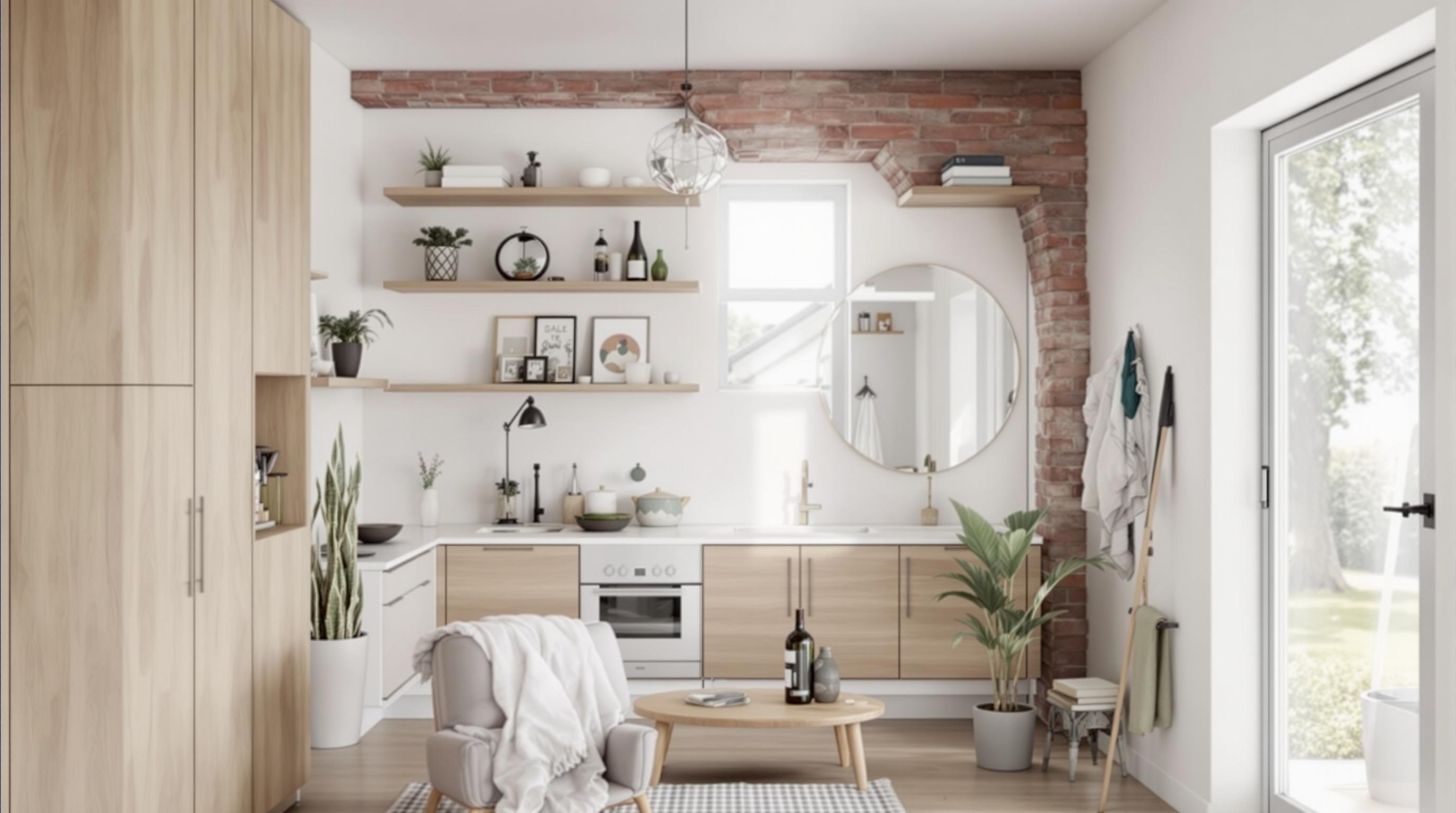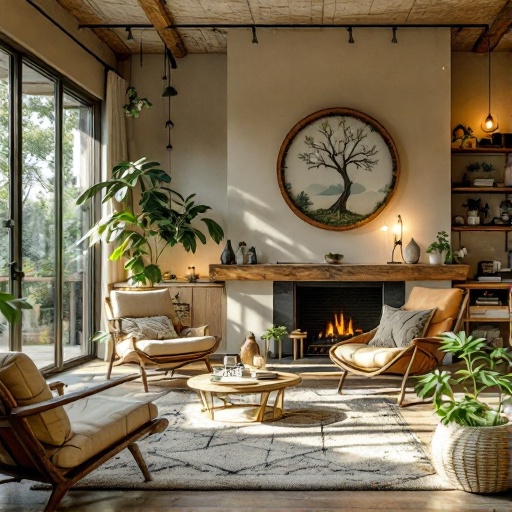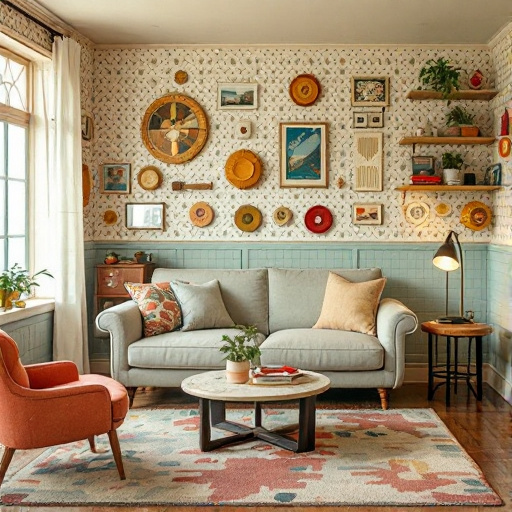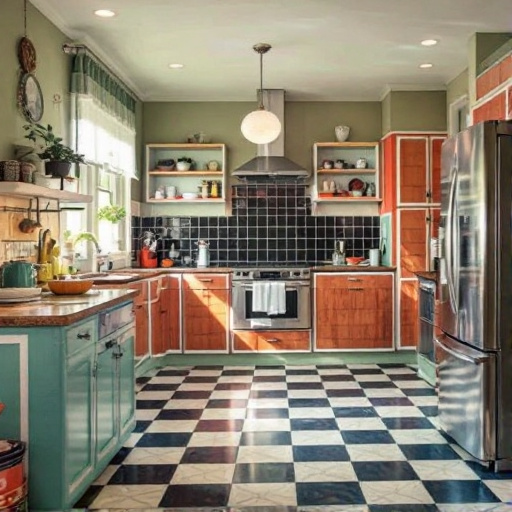Featured Articles
- Rethinking Space: How Biophilic Design in Home Remodeling Connects Us to Nature and Wellness
- Revamping with Resilience: How Home Remodeling Can Boost Your Mental Health and Well-Being
- Reviving Retro: How Nostalgia is Shaping Our Modern Home Remodeling Choices
- "Reviving Retro: How Vintage Decor is Shaping Modern Home Remodeling Trends"
- The Rise of Biophilic Design: How Integrating Nature into Home Remodeling Can Boost Your Well-Being
Unexpected Home Remodeling Trends: How Microclimate Adaptations Are Redefining Indoor Comfort and Efficiency
Unexpected Home Remodeling Trends: How Microclimate Adaptations Are Redefining Indoor Comfort and Efficiency
Home remodeling is no longer just about aesthetics or expanding space; today, microclimate adaptations are revolutionizing how we experience indoor comfort and energy efficiency. By tailoring living environments to specific localized climate conditions, homeowners are setting new standards in sustainable and personalized home design.
As a 52-year-old writer deeply interested in environmental psychology, I find it fascinating how home spaces evolve not just to meet functional needs but also to harmonize with their immediate natural surroundings. When we talk about microclimate adaptations, what we're really exploring is the subtle art of tuning your home’s internal atmosphere to match external micro-variations in temperature, humidity, and sunlight.
What Exactly Is a Microclimate and Why Should You Care?
Imagine your own backyard or neighborhood – even small areas like these can have distinct climates differing markedly from nearby regions. A microclimate refers to these localized atmospheric conditions that are unique due to factors like elevation, urban layout, vegetation, and bodies of water. Studies show that urban microclimates can influence air temperature by up to 5 to 7 degrees Fahrenheit compared to rural surroundings (NOAA, 2023).
Why does this matter for indoor living? Because traditional remodeling often ignores these nuances, resulting in inefficient heating, cooling, and lighting systems. Adapting to microclimates means reducing reliance on artificial systems by optimizing natural climate factors within your home's design.
The Rise of Microclimate-Responsive Home Remodeling
Increasingly, architects and designers are embracing this concept to create homes that adjust intelligently to their unique environmental contexts. In fact, a recent survey by the American Institute of Architects reported that 48% of remodeling projects in 2023 incorporated some form of climate-adaptive features (AIA, 2023).
Take, for example, the use of strategically placed thermal mass materials such as concrete or stone walls that absorb heat during the day and release it at night to stabilize indoor temperature swings. Or consider operable skylights and adjustable window screens that modulate airflow and sunlight penetration — both central to microclimate-responsive design.
Case Study: How One Home in Phoenix Slashed Energy Bills by 40%
Meet the Ramirez family, residing in the hot, arid climate of Phoenix, Arizona. Their recent remodeling project incorporated high-performance insulation coupled with carefully oriented window placements to harness cool night breezes and block intense daytime sun. They installed desert-adapted landscaping which reduced surrounding heat.
The results? According to their utility bills, energy consumption for cooling dropped by nearly 40% within the first year post-renovation. Not only did their comfort improve immensely, but the remodeling also paid for itself over time through energy savings. This real-world example highlights the practical benefits of remodeling with microclimate adaptation in mind.
Humorous Take: When Nature Gives You Heat, Make Lemonade (or Better Windows)
Look, I get it—those hot summers can feel like living inside a toaster. But rather than installing an industrial-sized fan or living in a constant sweat, think about remodeling like outsmarting Mother Nature. It’s like playing chess with the sun, and guess what? You’re winning when your home keeps cool without cranking the AC to eleven.
One quirky trend popping up is the use of reflective roofing materials that gleam so brightly, neighbors joke whether you’ve installed a mini solar system on top. But instead of just looking shiny, these roofs bounce back heat, keeping your upstairs bedrooms feeling like a fresh cucumber instead of a microwaved hot pocket.
How Indoor Plant Walls Help Balance Humidity
Besides temperature, microclimates also affect indoor humidity levels. An innovative remodeling tactic gaining traction is the introduction of indoor plant walls. These green installations act as natural humidifiers and air purifiers.
Research from the Journal of Environmental Psychology (2022) shows that indoor greenery can reduce humidity variability by up to 10%, creating a more stable atmosphere that benefits respiratory health and overall comfort. Plus, they add aesthetic appeal, turning living rooms into lush mini-oases.
Pragmatic Tips for Homeowners Interested in Microclimate Remodeling
- Assess Your Local Microclimate: Use tools or consult local experts to understand temperature, wind, and sunlight patterns unique to your neighborhood.
- Consider Materials That Moderate Temperature: Incorporate thermal mass, phase-change materials, or green roofs.
- Use Smart Ventilation: Design windows and vents that can be adjusted for seasonal airflow.
- Integrate Landscaping: Plant native shrubs and shade trees to reduce heat absorption around your home exterior.
- Install Adaptive Shading: Employ retractable awnings, blinds, or screens to control sunlight exposure.
The Environmental and Economic Edge
Beyond comfort, microclimate adaptations contribute significantly to reducing household carbon footprints. According to the U.S. Department of Energy, buildings account for approximately 40% of total energy consumption nationwide. By remodeling to better match microclimate conditions, homes can reduce heating and cooling demands, lowering greenhouse gas emissions.
Economically, these modifications may initially require investment but often translate into savings through reduced utility bills and increased property resale value. In regions with volatile climates, investors are increasingly viewing such adaptations as critical assets rather than luxuries.
Storytime: Grandma’s Old House Meets Modern Science
My grandmother’s 1940s bungalow in coastal Oregon always had this cool, dry feeling inside even on sticky summer days. Turns out, its orientation, thick walls, and abundant porches provided natural ventilation and shade — early microclimate adaptation without the tech buzzwords.
Inspired by this, modern remodelers are blending traditional wisdom with contemporary materials to refine these benefits. It underscores how sometimes, the secrets to innovation lie in revisiting and refining time-tested strategies, proving that comfort and efficiency are not mutually exclusive.
Why Millennials and Gen Zers Are Driving This Shift
Young homeowners increasingly prioritize sustainability and wellness, pushing remodeling trends towards microclimate adaptation. A study by Houzz in 2023 found 62% of homeowners aged 25-40 included eco-friendly features in their remodeling plans, citing concerns about climate change and indoor health.
Social media platforms amplify awareness, with influencers showcasing how tailored designs improve day-to-day living. This demographic’s preference for tech-integration, such as smart windows and AI-driven climate controls, complements the microclimate approach perfectly.
Conclusion: Microclimate Adaptations as the Future Standard
The marriage of natural environmental awareness and home design innovation is setting a compelling trend for the future. Microclimate-responsive remodeling elevates indoor comfort while reducing resources’ waste—a win-win for homeowners and the planet.
For anyone looking to remodel, embracing local climate nuances isn’t just smart; it’s transformative. From energy savings to enhanced well-being, adapting homes to their microclimates promises to redefine how we think about living spaces.




